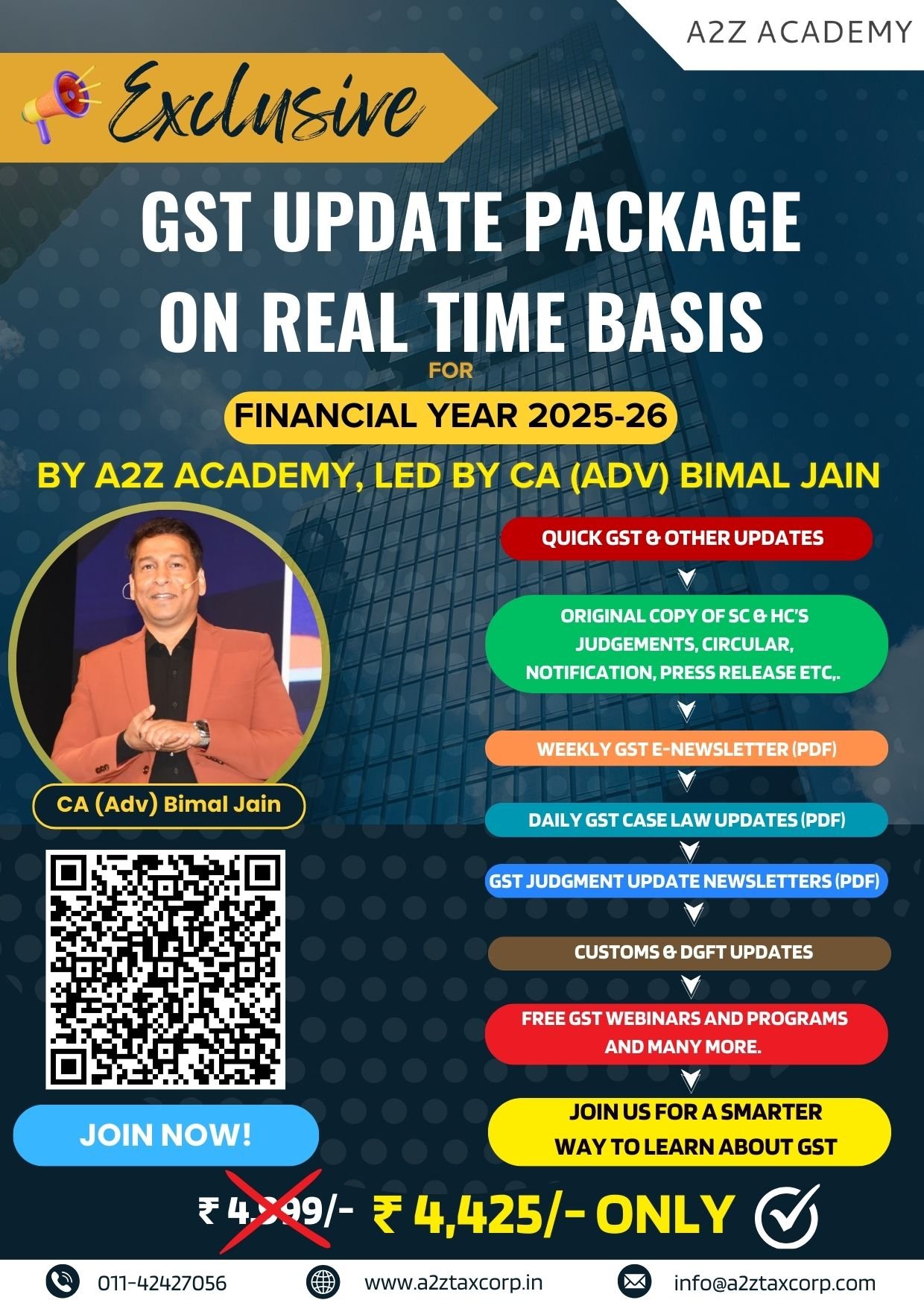
Beep beep. India’s ambition to become a global toy hub has run into a problem – children’s scooters.
The matter concerns a category called non-motorized ‘mobility scooters’ – the kind children zip round on, whether sitting or standing. Those fitted with lights are taxed at 18%, whereas those without lights attract only a 12% Goods and Services Tax (GST).
Indian toy manufacturers say the higher rate is arbitrary and runs counter to the government’s aim of promoting domestic toy production for global markets, two people aware of the matter told Mint.
The matter is being dealt with by the commerce ministry, they said.
The complaint comes even as the government aims to boost toy exports, which are set for a boost after the finalization of trade agreements with the UK, US, and EU.
“There is a flat 18% GST on products that fall under the electronics category. However, in the case of mobility toys, there is no change in the features or characteristics of the toy. Its function remains the same, and the lights are produced through magnets by friction, without the use of any battery or electronic component,” said Treasurer of the Toys Association of India (TAI) and director of Kiddies Centre, a toy trading company.
“The essential functions of the toys remain the same, and only some add-on features are included. A four-wheeled car continues to attract 18% GST, even though it includes components like batteries or audio systems that fall under higher GST categories. However, in the case of toys, if a simple feature like a horn is added, the GST rate jumps from 12% to 18%. This inconsistency needs to be addressed,” he said.
Queries sent to the spokespersons of the commerce ministry and the GST Secretariat remained unanswered at press time.
Motion powered
The lights on mobility scooters are not battery-operated but powered by motion through magnets—an added feature that costs barely about ₹20 per unit, said an industry representative who wished to remain unnamed.
While these lights enhance the toy’s appeal, the increased tax burden is discouraging manufacturers from making such versions.
The government is trying to find a workable solution after consultations with stakeholders, which will then be recommended to the GST Council, said one of the two people cited above.
“The proposal is currently under consideration by the ministry,” said the second person.
“This (anomaly) not only discourages manufacturers from adding value but also limits affordable access to engaging, educational, and interactive toys for Indian children. At a time when India aims to become a global toy hub, such policies risk stifling creativity and competitiveness,” an industry expert said.
Indian toys are gaining global popularity, with exports rising from ₹1,260.88 crore ($151.9 million) in 2023–24 to ₹1,430.82 crore ($172.4 million) in 2024–25, as per commerce ministry data. Imports during the same period saw a modest increase—from ₹537.52 crore ($64.7 million) to ₹626.21 crore ($75.4 million).
To convert the figures into USD, an exchange rate of ₹83 per dollar has been used.
Potential for expansion
While toy exports grew 13.5% year-on-year over the period FY 2023–24 to FY 2024–25, industry figures say that policy support—such as GST rationalization, export incentives, and global trade deals—could help unlock a new phase of expansion.
The global toy market is projected to reach $179.4 billion by 2032, according to a report by Punjab National Bank (PNB) published in February 2025.
Commerce & industry minister Piyush Goyal had on 4 July announced that the government is close to finalizing a dedicated scheme to boost toy production. “The scheme would focus on strengthening design capabilities, improving quality manufacturing, enhancing packaging standards, and facilitating brand-building efforts,” Goyal had said.
India’s toy industry, once heavily import-dependent, is now manufacturing exporting to 153 countries.
According to an India Exim Bank report, the sector remains highly fragmented, with about 90% of the market dominated by the unorganized segment. While global players like Mattel and Lego operate in India, the industry is largely driven by over 4,000 MSME units concentrated in clusters across NCR, Maharashtra, Karnataka, Tamil Nadu, and other regions, as per the report.
Source from: https://www.livemint.com/news/india/commerce-ministry-gst-childrens-motion-lit-mobility-scooters-11753093154690.html



